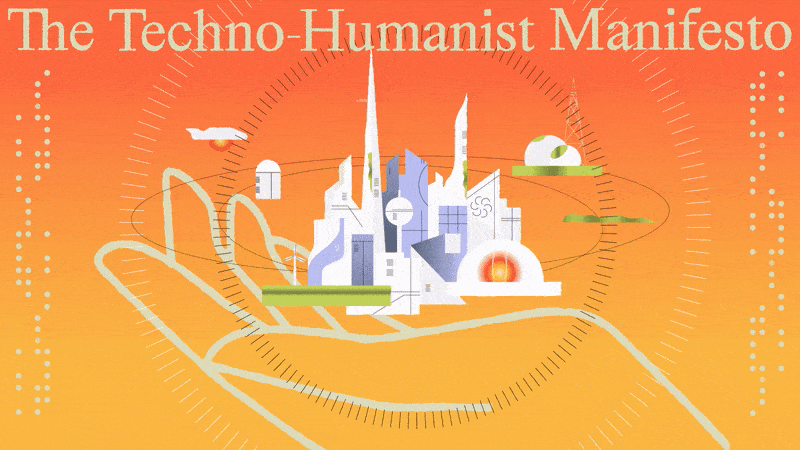One Community Grapples With Choices Between Human-Made Or Natural

I am privileged to live in Concord, Massachusetts, a community with strong environmental values. Human instincts that compel consumption and blinker us with short-term thinking are making an awful mess of the natural world, and using our remarkable intelligence to overcome those instincts can only happen if those values are true and strong. But one of those values, to automatically prefer anything natural and demonize anything human-made, is itself an instinct that can also get us into trouble. As right as that feels, it can lead us to overlook, or deny, scientific evidence that should also play a role in intelligent decision-making.
Two issues coming up in Concord right now illustrate the risks of making decisions based more on instinct than a combination of instinct and intellect; fluoridation and artificial turf on playing fields. In both cases, what is being proposed — to get rid of fluoridation in the public water supply and use grass instead of artificial turf on town playing fields — could actually do more harm to public and environmental health than good.
The fluoride case is easy. While some questions have been raised about what the optimal dose may be to improve dental health and minimize any risk (largely fluorosis, or white spots on kids teeth exposed to too much fluoride), public health experts overwhelmingly agree that the optimal dose is not zero. While some environmental advocates dramatize claims that the risks of fluoride outweigh the benefits, citing largely sketchy research and generic chemo-noia (some say we should fear fluoride because the stuff we use in water is an industrial byproduct, or as they call it “industrial waste”), the bulk of the evidence says fluoride’s benefits far outweigh its risks.
The artificial turf battle is similar. It hasn’t been waged for nearly as long as the fluoride fight, which by its very persistence and ever-changing bogeyman (it causes communism, cancer, cognitive problems, etc.) has become a poster child for battles more about values than facts. But fears of artificial turf, largely centered around the fact that it’s artificial, have been around long enough to prompt several thorough risk assessments, by Connecticut, New Jersey, California, and others from Seattle and Norway, which all found the same thing reported by a meta-analysis of the entire body of research on the subject, “Environmental and Health Impacts of Artificial Turf: A Review,” in the February 2014 issue of Environmental Science and Technology;
Health risk assessment studies suggested that users of artificial turf fields, even professional athletes, were not exposed to elevated risks.
(Here’s a great summary of the artificial turf issue from the University of Michigan Risk Science Center.)
Cheng et al. also assessed the sustainability question, comparing the environmental pros and cons of artificial turf to grass. Plastics and the recycled tire rubber that cushions the impacts on artificial turf fields have environmental costs, but grass fields need fertilizer, re-seeding, mowing, water, and much more maintenance, all of which have underlying production, transportation, emissions, and energy demands too. Counterintuitively, researchers found;
Preliminary life cycle assessment suggested that the environmental impacts of artificial turf fields were lower than equivalent grass fields.
Plenty of sources warn about the risks of artificial turf, but they are mostly environmental advocacy groups, whose values understandably inform their view of the facts. Other alarms are raised by journalists who emphasize the danger, but fail to mention, or play down, the large body of evidence that undercuts those alarms. One particularly shoddy piece was by NBC’s Hannah Rappleye, “How Safe is the Artificial Turf Your Child Plays On?,“ which focused on a small cluster of female soccer goalies and suggested, without any hard evidence, that the artificial turf they played on might have caused the cancer.
Concord residents will soon be asked to vote on these issues at Town Meeting, a wonderfully democratic New England institution at which any citizen who shows up votes and that’s how town policy is made. On the surface, my friends and neighbors and fellow environmentalists might see these as obvious choices, to fear the human-made with all its stigmatized classes of materials like “chemicals” and “plastics,” and favor the natural. But the body of evidence on both issues, including the evidence about what’s best for the environment, suggests that might not be the best choice for human or environmental health.
Concord residents are a pretty intelligent and well-educated lot, but education and intelligence don’t make it any easier to overcome our powerful instincts and values and think about things objectively. In fact, the smarter we are, the better we are at seeing the facts the way we want to. (See “The Polarizing Impact of Science Literacy and Numeracy on Perceived Climate Change Risks.”) That’s why when I speak at Town Meeting, I will not advocate a vote one way or another on these issues. Our choices reflect how we feel and that’s up to each individual. I will only ask my friends and neighbors to join me in trying as hard as we can to use both our instinct and our intelligence to make choices that don’t just match our simplistic values-driven preconceptions, but also objectively consider the evidence as we try to figure out what will do our community the most good.





